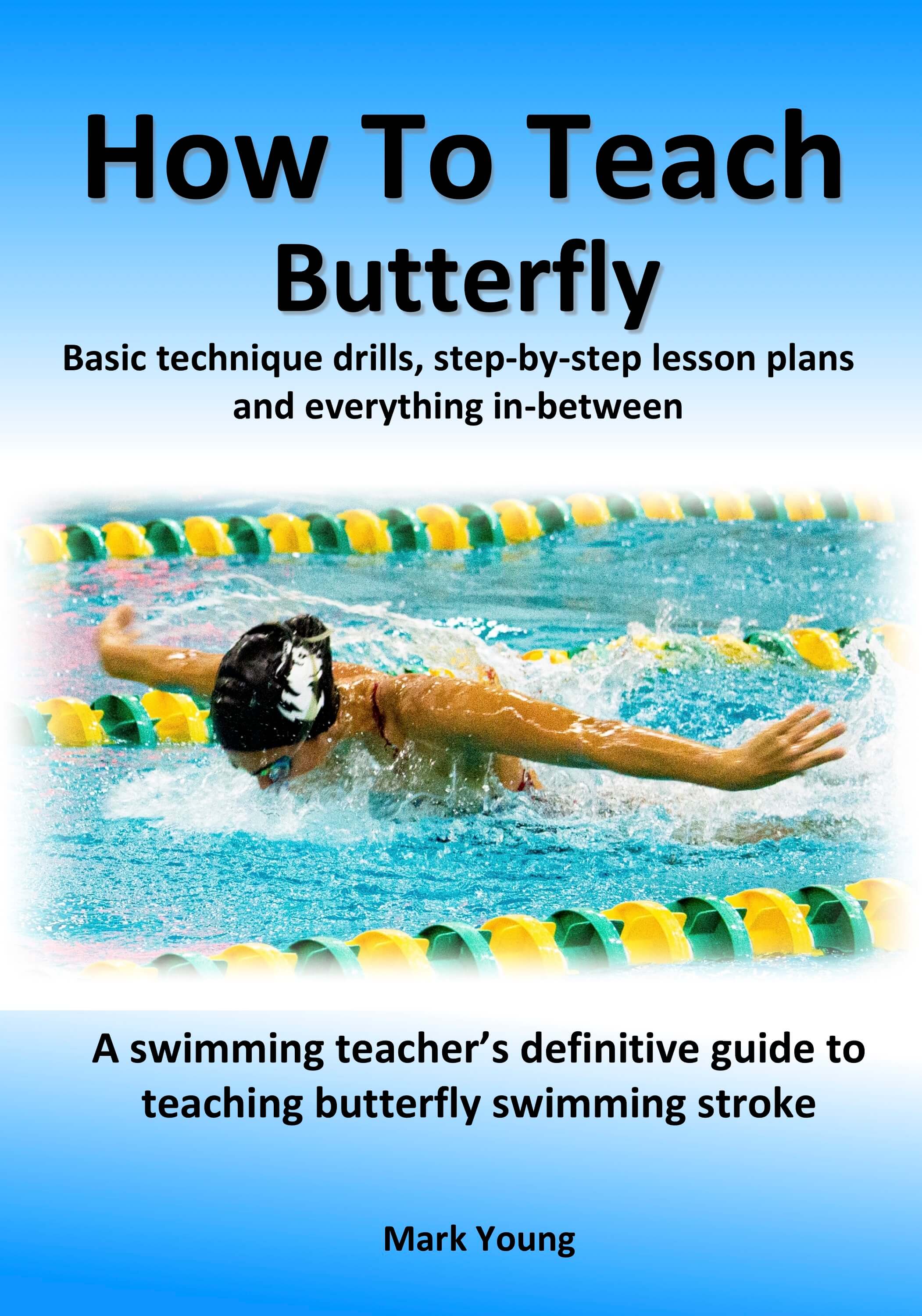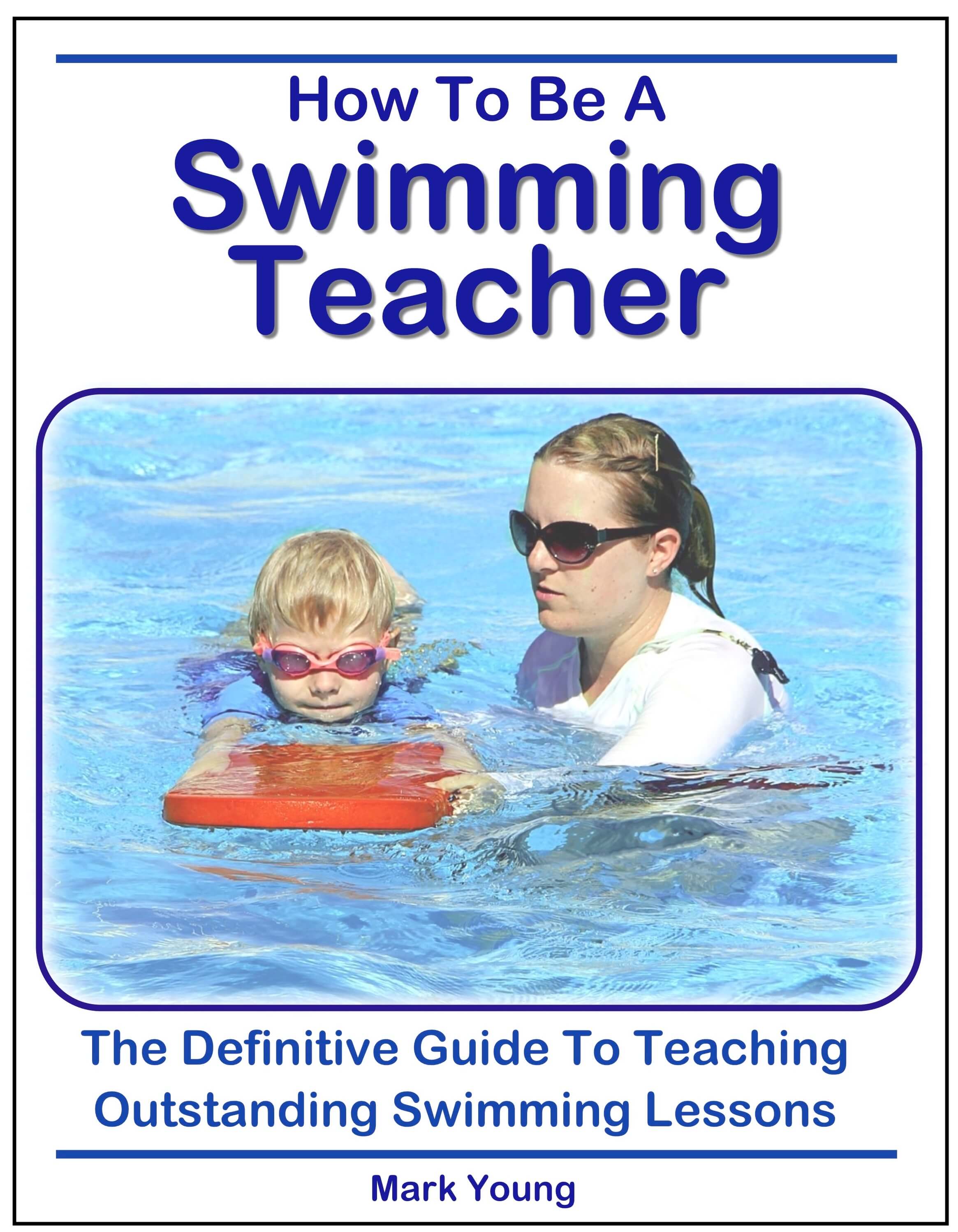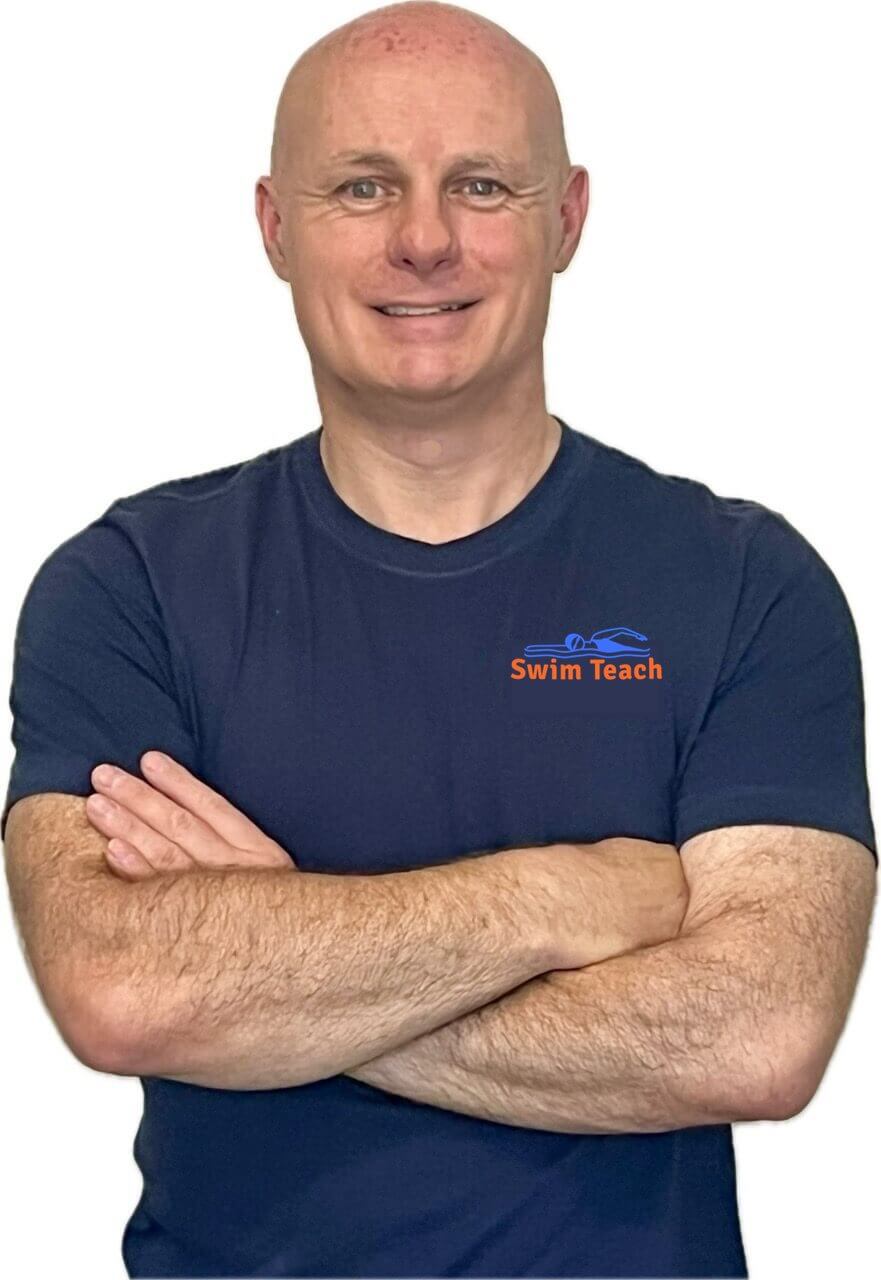- Swim Teach Home
- teaching tips
- How to Teach Swimming Lessons
- Teaching Butterfly Stroke
Teaching Butterfly Stroke
Many of my pool's teachers have different qualifications, and many of them use woggles when teaching butterfly stroke. I was taught never to use a float for butterfly stroke, which could damage my pupils’ backs. So I just wanted to know what sort of float if any, would be appropriate to use when I am teaching butterfly.
There are many schools of thought on using floats for teaching butterfly.
The powerful leg kick and undulating body movement cause small pressure on the lower back even without a float. Using a float may increase that pressure on the back due to the frontal resistance caused.
Personally, my opinion is that it all depends on the size and ability of your pupil. Some pupils will naturally have a powerful leg kick and good undulating body action and therefore be able to learn and perform dolphin kicks or even butterfly without the need for a float. This will more than likely be older children who can already swim the other strokes fairly well.
There are of course, those that have never tried butterfly or are very young, smaller and have less natural power. You can argue that these pupils need to use a float, be it a kickboard or a woggle. After all, we all had to start somewhere!
It is your judgement call as a swimming teacher and a professional to decide what is in the best interests of your pupils and what aids they need to learn. At the end of the day, it is your job to ensure that your pupils learn and progress.
If you decide a pupil requires a float to help them learn, you could instruct them to perform the exercise slowly, almost in slow motion. This will encourage them to learn the correct body movement and leg kick without the power and, therefore, without the risk of pressure on their back.
Once they have learnt the correct movement slowly and gently, they can perform the exercise at the correct pace and with increased power, but without using a float.
It is important to treat your pupils as individuals, particularly when it comes to butterfly stroke. This can be difficult sometimes, especially when teaching a group lesson, because you may need them to all perform the same exercise simultaneously.
The important thing is to make it fun, which should in the forefront of most swimming lessons. Make your butterfly lessons fun by having ‘dolphin races’ or ‘which can be the best dolphin or mermaid’ competitions,s or even ‘who can do the biggest dolphin kicks’.
The point is to put some fun into a very tiring and difficult stroke to learn, even more so for a child.
How To Teach Butterfly Stroke: Basic technique drills, lesson plans and everything in-between
 How To Teach Butterfly Stroke
How To Teach Butterfly StrokeGrab a copy of my popular book 'How To Teach Butterfly' and plan your swimming lessons to get the best out of your swimmers.
Get the swimming teacher's definitive guide to teaching butterfly swimming, from basic technique drills to advanced lesson plans and assessment tools.
Click DOWNLOAD below and instantly download my book today. Instantly download thisInstantly PDF file that is compatible with tablet and mobile devices. This product is an electronic download and therefore has no shipping charges.
I am a member of the Amazon Associates Program and I will earn a commission from qualifying purchases at no extra cost to you.
Teaching Butterfly Leg Kick
I would like some help teaching butterfly leg kick. I am trying to teach someone the butterfly, but i can't figure out how to help them with their kick. Also, do you know any water exercises that might help strengthen their body to do the butterfly stroke?
It all depends on what exactly the problem is with their butterfly leg kick. Quite often, it stems from the undulating body movement or lack of it!
Butterfly leg kick should be taught as a whole-body movement with a wave-like undulation starting at the head and ending at the feet.
Get your swimmer to perform the movement slowly and then gradually add more power to the dive and kick phases. The movement should be a smooth dolphin action through the body. As the head dives down, the shoulders and hips follow on, and the movement ends with the knees bending and kicking down in a large, powerful whip-like action just as the head raises, ready to dive again.
Body strength is important, and there are a couple of great exercises to try out in the pool. Firstly try performing the kicking action in a supine position (face up). The nature of this exercise places huge demands on the abdominal and core muscles, and a few laps of this place into any lesson or routine will strengthen that area nicely.
Another exercise to try for strengthening the core muscles and accompanying muscles for the dolphin leg kick is ‘kick and roll’. The swimmer performs the undulating body movement and kick action but has to roll at the same time. So they swim through the water in a corkscrew-type movement. This exercise is ideal for strengthening the deep core muscles and inner and outer oblique muscles.
You can always try your swimmer with some fins on. This will help strengthen their leg kick and encourage correct kicking technique. On top of that, they can add some fun and variety to the swimming lesson.
I hope the above has helped, and I wish you every success with your swimming and teaching.
Teaching Children To Swim Butterfly
I would like some advice on teaching children to swim butterfly. I am a swim teacher studying to become a junior coach for my club. I have four young swimmers between the ages of 11-13 that I have been given charge of to develop my coaching skills.
I am looking to improve their butterfly overall. What practices or techniques could you suggest that I use to improve their butterfly?
Butterfly swimming stroke is, without doubt, the most physically demanding of the four basic swimming strokes.
Your starting point should always be the undulating wave-like body movement, as this is key to the success of the stroke. The movement should originate at the head and move through the whole body with movement from the shoulders and abdominals to a larger movement of the hips, culminating in a large, powerful kick from the legs.
Dolphin kick is a good practice, either at the water's surface or completely submerged. The exercise can be performed with arms by the sides or outstretched in front with hands together.
Whichever exercises and practices you choose, you will probably find your pupils becoming exhausted quite quickly due to the physical demands of the stroke.
When it comes to arm action, try a walking practice, walking through shallow water slowly, working through the simultaneous arm technique. It can then be tried with the undulating body movement and leg kick.
The timing and coordination can be practised using a dolphin kick with a breaststroke arm action as this is less physical, and breaststroke arms are simultaneous like butterfly arms.
The whole learning process for butterfly swimming stroke can be enhanced and made more fun if you have access to fins. Swimming with fins on the feet greatly adds to the power and enhances the undulation of the body. Also, for children, it makes the exercises more fun, especially as some may not have experienced swimming wearing fins before.
My very popular book How to Be A Swimming Teacher contains over 80 separate exercises each with common mistakes and relevant teaching points. You can download it instantly, print out the parts you need and keep them with you on poolside. Click below to find out more.
 How To Be A Swimming Teacher
How To Be A Swimming Teacher$19.99

I am a member of the Amazon Associates Program and I will earn a commission from qualifying purchases at no extra cost to you.





